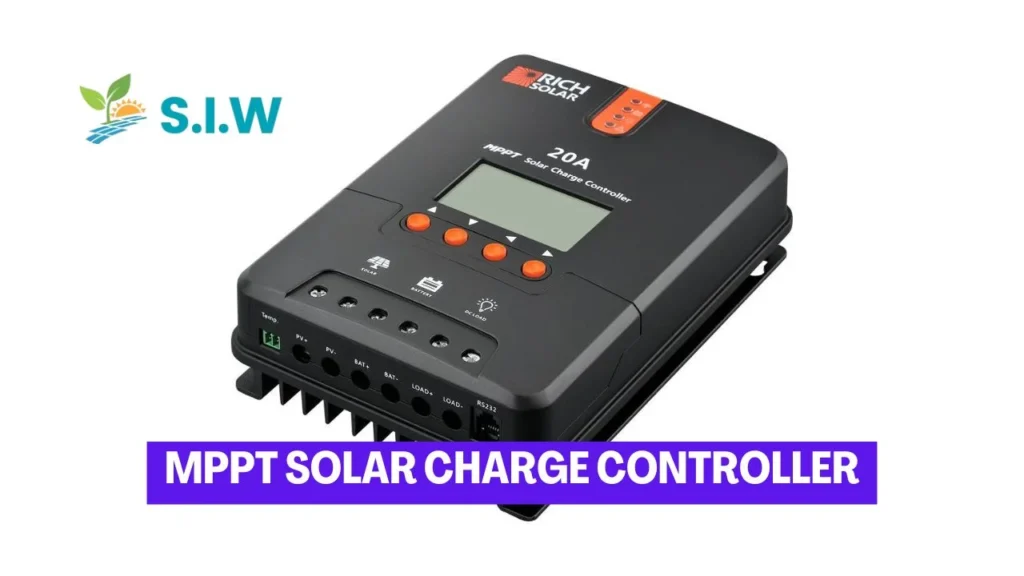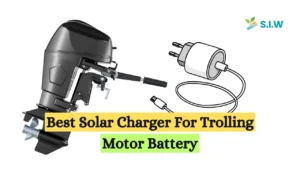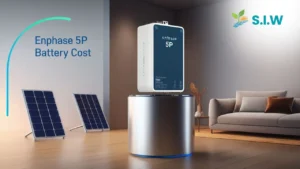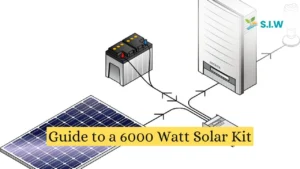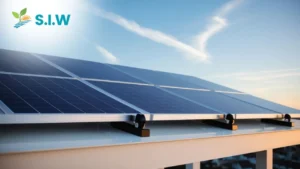As the world increasingly shifts toward renewable energy sources, solar power has become one of the most practical solutions for clean, sustainable electricity. Whether you’re setting up a small off-grid system for a cabin, powering an RV, or supporting your home’s energy needs, having the right equipment is essential for optimizing efficiency. One of the critical components in any solar energy system is the solar charge controller, and for those seeking maximum performance, an MPPT solar charge controller is a game-changer.
What is an MPPT Solar Charge Controller?
An MPPT solar charge controller is a sophisticated device that regulates the energy flowing from solar panels to the battery storage system. MPPT stands for Maximum Power Point Tracking, which refers to the device’s ability to adjust its settings continuously to capture the maximum amount of power that the solar panels can generate at any given time.
Unlike traditional charge controllers, MPPT controllers are designed to extract the most power from your solar panels, especially when conditions are less than ideal. They’re crucial for anyone serious about getting the best performance out of their solar system, whether for off-grid living, RV adventures, or backup energy for homes.
The Role of Charge Controllers in Solar Systems
At its core, a solar charge controller is responsible for managing the flow of electricity from the solar panels to the battery bank. Without this regulation, batteries can be damaged due to overcharging, leading to shorter battery life and inefficient energy use. Charge controllers serve to protect both the solar panels and the batteries from these potential issues.
Among the various types of charge controllers, MPPT is the most advanced. It not only protects your batteries but also ensures that the maximum power generated by the solar panels is utilized effectively.
Understanding MPPT Technology
What Does MPPT Stand For?
MPPT stands for Maximum Power Point Tracking, a technology that constantly monitors and adjusts the voltage and current from the solar panels to optimize energy capture. Solar panels have a specific point, known as the “maximum power point,” where they generate the highest amount of power. The challenge is that this point fluctuates depending on factors like sunlight intensity, temperature, and shading.
How MPPT Controllers Maximize Efficiency
MPPT controllers are designed to find the sweet spot of power generation under different environmental conditions. By adjusting the voltage and current to match the battery’s requirements and the solar panel’s output, they can extract up to 30% more energy than conventional charge controllers. This technology is particularly effective in low-light situations or cloudy conditions, where panels may otherwise generate less power.
Benefits of MPPT Solar Charge Controllers
Increased Solar Panel Efficiency
MPPT controllers are well-known for their ability to increase the overall efficiency of solar power systems. They automatically adjust to changes in weather, ensuring that your solar panels operate at their peak efficiency regardless of conditions. This can lead to significant increases in energy production over time.
Maximum Power Extraction in Low-Light Conditions
One of the standout features of MPPT technology is its performance in suboptimal weather. Whether it’s an overcast day or late afternoon, when the sun is low on the horizon, an MPPT controller works to squeeze the most energy possible out of the available sunlight.
Improved Battery Health and Longevity
By ensuring a more consistent and controlled flow of energy into your batteries, MPPT controllers help extend battery life. Properly managing the charge cycles and preventing overcharging or undercharging ensures that your batteries remain healthy for the long term, which is especially critical for expensive battery banks used in off-grid systems.
How MPPT Solar Charge Controllers Work
Voltage and Current Optimization
The core functionality of an MPPT charge controller is based on voltage and current optimization. Solar panels produce power based on two variables: voltage and current. MPPT technology adjusts the voltage coming from the panels to ensure the most efficient transfer of energy to the batteries.
For instance, if your solar panels are operating in a low-light environment, the controller adjusts the output to continue capturing energy efficiently. Without MPPT, much of the potential power from the solar panels would be lost during these lower light conditions.
The Difference Between MPPT and PWM Controllers
PWM (Pulse Width Modulation) controllers are an older technology, still in use for smaller or more budget-conscious solar systems. While functional, PWM controllers don’t adjust for variations in voltage as effectively as MPPT controllers. MPPT controllers convert excess voltage into current, maximizing power transfer. PWM controllers, in contrast, lose energy when the panel voltage exceeds battery voltage. This key difference is what makes MPPT controllers up to 30% more efficient.
Choosing the Right MPPT Solar Charge Controller
Key Factors to Consider When Buying
When choosing an MPPT solar charge controller, there are several factors to consider. These include the size of your solar panel array, the type of batteries you’re using, and your overall energy requirements. You’ll also want to ensure that the controller is compatible with the voltage of your system—whether 12V, 24V, or 48V.
MPPT Charge Controller Sizing Guide
Choosing the right size MPPT controller is crucial. If the controller is too small, it won’t be able to handle the current from the solar panels, leading to inefficiencies. On the other hand, a controller that’s too large may be overkill and cost more than necessary. It’s important to calculate the current your solar panels will produce and select an MPPT controller that can handle that current plus a margin for safety.
Off-Grid vs. Grid-Tied Systems: Which Controller is Best?
MPPT controllers are particularly well-suited for off-grid systems, where maximizing every watt of solar energy is critical for sustaining power when not connected to the grid. However, even grid-tied systems can benefit from the efficiency gains that MPPT technology offers.
MPPT Solar Charge Controller for Different Applications
MPPT Controllers for RVs and Boats
For RVs and boats, space is often limited, and maximizing energy capture is essential. MPPT controllers are ideal for these applications as they ensure the most power is extracted from smaller solar arrays. This helps extend battery life, reduce reliance on traditional fuel, and provide a reliable source of power during trips.
MPPT Controllers for Home Solar Systems
Homeowners looking to reduce their electricity bills or transition to an off-grid lifestyle can also benefit from MPPT controllers. By optimizing the energy captured by rooftop solar panels, MPPT technology ensures that homes generate as much electricity as possible from the available sunlight.
Industrial Uses of MPPT Controllers
In industrial applications, where solar arrays are often larger and energy needs more demanding, MPPT controllers are crucial for ensuring optimal performance. Whether powering remote facilities, telecom towers, or other energy-intensive operations, MPPT controllers are the industry standard for reliable, efficient energy conversion.

